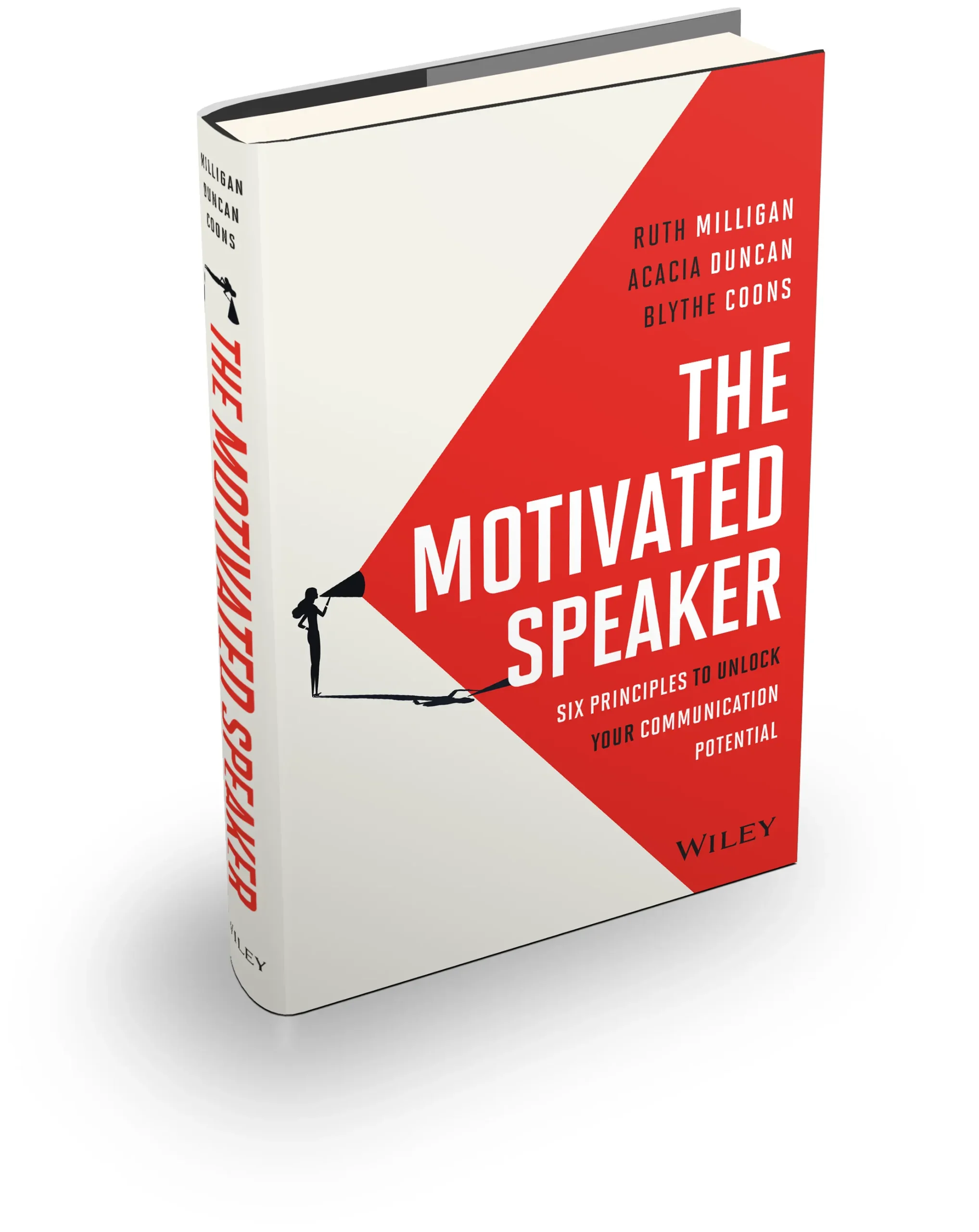Rose Smith, during her highly provocative poetry performance at TEDxColumbus, challenged us all to betools. You know, as in a conduit for helping others, making change or doing good.
While my tip this month isn’t as deep, her challenge made me think about the tools that the speakers used during TEDxColumbus in their variety of preparation pathways (and let me tell you, there was some variety!). So, if you are making your list for Santa, here’s a few things to consider:
– A whiteboard. Map out your talk to see the main buckets of information or how it will flow. When you get away from your computer, the logic of your talk can have more meaning. Claudia Kirsch and I spent an afternoon shaping her sequence on a whiteboard which became a major point of clarity in refining her key messages.
– Your own personal clicker (yes, you can own one too). So that when your slides are done, you can practice working on transitions so that your verbal – vocal and visual messages align. We lent ours to Maryanna Klatt to practice with her slides, she said it made the world of difference. (Here are a few options of where to get one.)
– A recording device. The analog version would be a tape recorder, the digital might be voicememos on your iPhone or iPad. Theresa Flores used this extensively in her practice, whereby keeping the story in her head (and off of a script, the computer or notes) and making immediate improvements to her pace, sequence and influctions.
– Time. Give yourself the gift of some more days or hours to prepare. Bart Overly said he spent 100 hours preparing this talk (take a look at his slides and you’ll know why), Alex Bandar spent between 30-40, a more typical expenditure. Either one of them will tell you the time helped them be as prepared for their talks as any they’ve given.
While you may not be giving a TED/TEDx talk anytime soon, chances are one of these tools might come in handy for your next talk wherever it may be.

